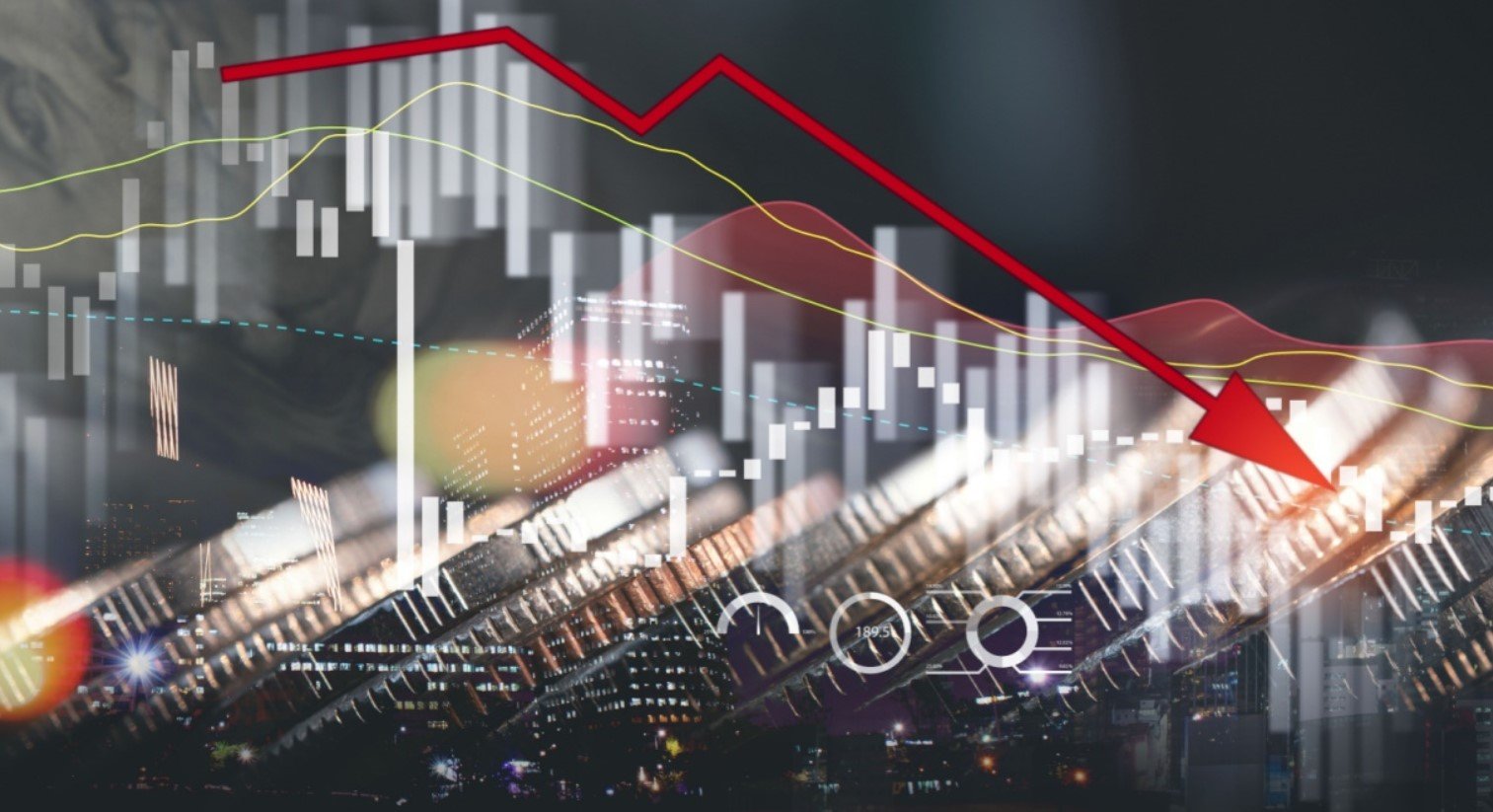The US economy is facing a challenging period as inflation reaches its highest level in three decades and supply chain disruptions hamper the recovery from the pandemic. President Biden and his administration are under pressure to address these issues and restore confidence in the economic outlook.

Inflation Surges to 6.2% in October
The consumer price index (CPI), a measure of inflation, rose by 6.2% in October from a year ago, the largest increase since November 1990. The core CPI, which excludes food and energy, rose by 4.6%, the highest since August 1991. The main drivers of inflation were higher prices for gasoline, food, shelter, vehicles, and medical care.
The Federal Reserve, which has a dual mandate of maintaining price stability and full employment, has been reluctant to raise interest rates or taper its bond-buying program, arguing that inflation is largely transitory and will ease as the economy recovers from the pandemic. However, some Fed officials have expressed concerns that inflation may persist longer than expected and erode the purchasing power of consumers and businesses.
The Fed is expected to announce a reduction in its monthly asset purchases at its next meeting in December, but it is unlikely to raise interest rates until late 2023 or early 2024, according to market expectations. The Fed chair, Jerome Powell, whose term expires in February, is awaiting a decision from President Biden on whether he will be reappointed or replaced by another candidate.
Supply Chain Disruptions Hurt Growth and Employment
The US economy grew by 2% in the third quarter of 2023, down from 6.7% in the second quarter, according to the latest estimate from the Bureau of Economic Analysis. The slowdown was mainly due to a decline in inventories, as businesses struggled to replenish their stocks amid supply chain bottlenecks and labor shortages.
The supply chain disruptions have also affected the labor market, as employers face difficulties in hiring and retaining workers. The unemployment rate fell to 4.6% in October, but the labor force participation rate remained low at 61.6%, indicating that many people have dropped out of the workforce or are unable to find suitable jobs.
The Biden administration has taken some steps to ease the supply chain problems, such as extending the operating hours of major ports, facilitating the movement of goods by rail and truck, and providing incentives for workers to return to the labor force. However, these measures may take time to have a significant impact, as the supply chain issues are complex and global in nature.
Biden Seeks to Pass Infrastructure and Social Spending Bills
President Biden is hoping to boost the economy and his approval ratings by passing two major pieces of legislation: the bipartisan infrastructure bill and the Build Back Better Act, which includes social spending and climate change initiatives. The infrastructure bill, which would provide $1.2 trillion over eight years for roads, bridges, broadband, and other projects, has already passed the Senate and is awaiting a vote in the House of Representatives.
The Build Back Better Act, which would provide $1.75 trillion over 10 years for child care, education, health care, and clean energy, has faced more opposition from both Republicans and moderate Democrats, who have raised concerns about its cost and impact on the federal deficit and inflation. The bill has been scaled back from its original $3.5 trillion proposal, but it still needs to be approved by both chambers of Congress and reconciled with the Senate version.
Biden has argued that both bills are essential for the long-term growth and competitiveness of the US economy, and that they would be fully paid for by raising taxes on corporations and the wealthy. He has also claimed that they would help lower inflation by increasing the supply of goods and services and reducing the demand for imports. However, some economists have questioned the validity of these claims, and warned that the bills could add to the fiscal and inflationary pressures on the economy.
Outlook Remains Uncertain and Challenging
The US economy is facing a difficult and uncertain period, as it tries to overcome the effects of the pandemic and the related challenges of inflation and supply chain disruptions. The outcome of the legislative agenda of the Biden administration, the monetary policy decisions of the Fed, and the evolution of the global health situation will have a significant impact on the economic prospects and performance of the US in the coming months and years.







